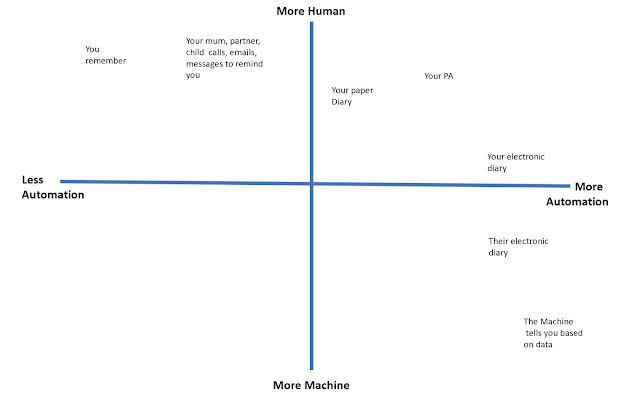Automated process and Algorithmic Audit. Understanding where your ML/ AI software came from?

Have been doing some work and thinking about automated decision making; specifically looking at a credit algorithm. Below are the questions I set the owner of the algorithm to help in the assessment. I am publishing them here in the hope they are helpful. 1. Where did the algorithm come from? What is it providence ? does it have a serial or product number? Which company supplied it ? (inc internal) Who maintains it ? How long has it been in the company? Is there any IP owned by other or the company? 2. Who wrote the algorithm ? ( company, team, individuals) What it a generic algorithm/ bespoke build? What was the acceptance procedure? What else did they write do for the company or others? 3. What data/ processes/ procedures were used to build it Is it stand alone? What process it is part of ? Are you using the same processes now? Did it replace a procedure? Where did the data come from to set the boundaries/ maths ? ...

